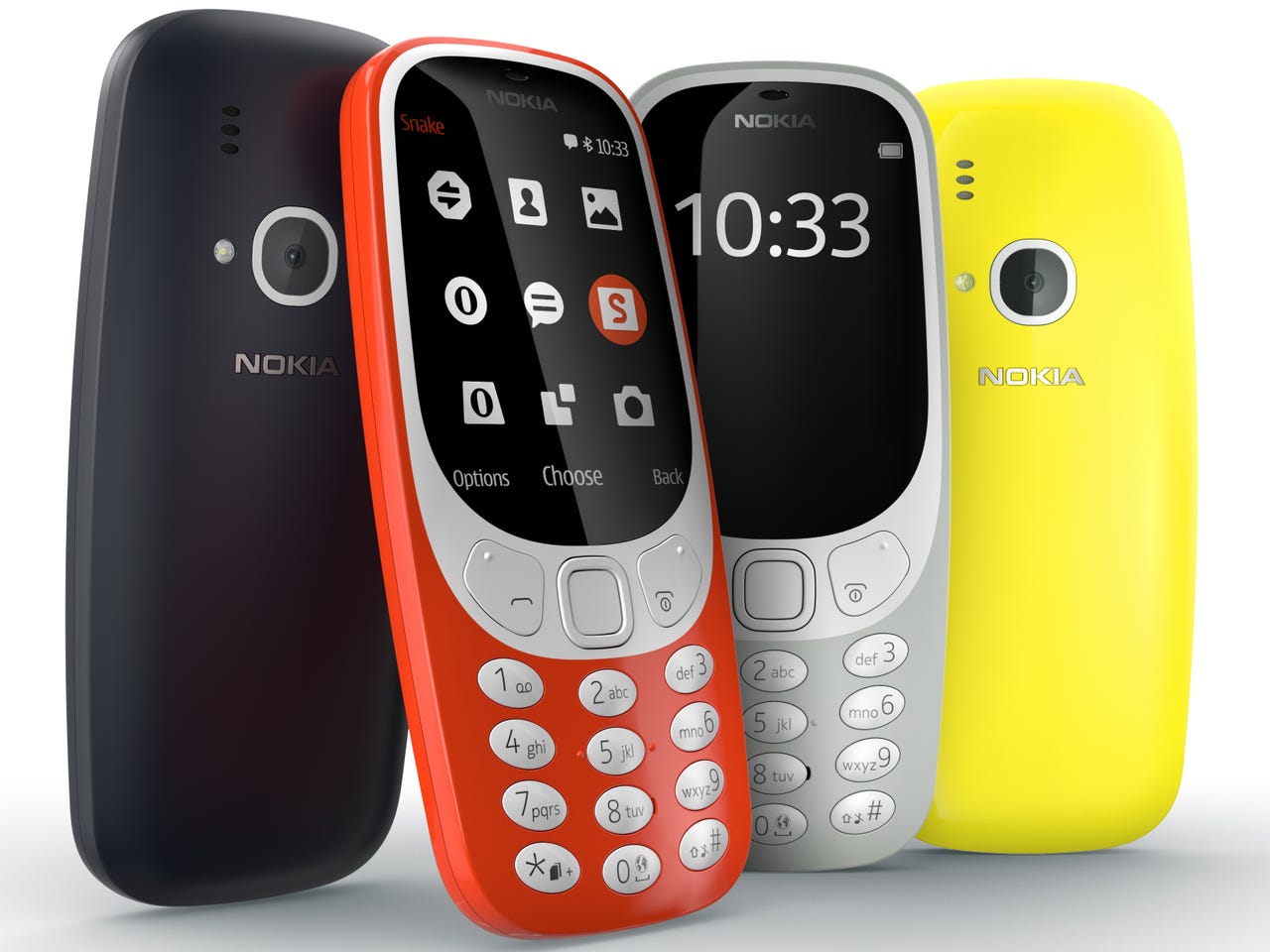Nokia moves back toward consumers to reclaim an iconic brand


When Nokia sold off its ailing handset division, it seemed to mark the end of the company's pursuit of B2C businesses. Many of the company's fans hoped for a speedy return to smartphones built around an operating system that wasn't doomed, particularly after the launch of the Nokia N1 tablet.
Indeed, as the smartphone market has continued to penetrate the developing economies that were a stronghold for the Nokia brand, the association with the company that developed them faded from their lineage at Microsoft like the picture of Dorian Gray. It faded first from the Lumia handsets, then with the feature phone line exit, and finally, with Microsoft all but exiting the handset business for now. The final acknowledgement appeared to come when Nokia licensed its brand to HMD Global, paralleling the licensing of the Blackberry brand to TCL. But Nokia itself is intent on working its way back into consumers' lives.
The first product to emerge from the new Nokia Technologies was Ozo, the 360-degree panoramic camera that is being targeted initially toward media and entertainment. That would provide a circuitous route back toward the consumer market. But Nokia insists that it intends to have a presence along the entire chain of VR beyond having check-off products. It speaks about adding a fluidity of motion to an experience that often limits participants physically to a small space even as they explore expansive VR worlds.
Nokia has also grown closer to the consumer with its purchase of French digital health startup Withings. An early entrant into what has been the rather sleepy smart scale market, the company has branched into a wide range of connected devices, including smart blood pressure cuffs, home cameras, smartwatches, and, yes, a connected hairbrush.
These kinds of business outgrowths focused on growing categories are more common in the processor world -- where companies try to prime the pump for new device categories. Sometimes, as with Qualcomm's Toq and Intel's Basis smartwatch efforts, they ultimately fizzle out. Indeed, high-resolution spherical videos and continuous health monitoring are great candidates for the broadband and narrowband applications of forthcoming 5G networks, in which Nokia should be a major player.
Still, while a host of emerging connected gadgets and VR gear -- the likes of which the old Nokia may well have expanded into -- may now bear the Nokia name, the network infrastructure giant will face challenges building itself back into one of the world's most recognized and loved technology brands. For now, HMD Global, the brand licensee where former Nokia employees seek to again establish the brand in handsets, conducts its business literally across the street from Nokia's headquarters in Espoo, Finland. Its attractive Android handsets are nothing too far out of the ordinary. But if Microsoft can bide its time while planning a comeback to mobile phones with a fresh approach, surely Nokia can as well.
Related stories:
- Nokia: Our new Android phones are on track for 2017 release
- HMD Global launches first Nokia-branded smartphone, exclusively for China
- Nokia smartphones closer to a comeback? New owner makes ex-Rovio CEO hire
- Meet 2017's hot new smartphone brands: Nokia and BlackBerry
- Has Nokia got Siri and Cortana in its sights with Viki digital assistant?
- Nokia's smartphone future shapes up: New website, Android due first half 2017
- HMD Global teases more Nokia smartphone announcements on February 26